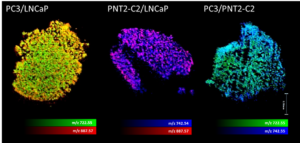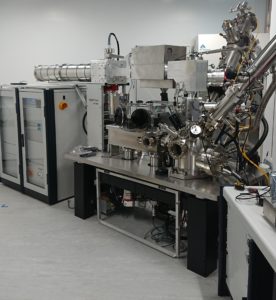Applications are invited for a cross-faculty BBSRC DTP studentship entitled: Imaging inflammatory changes in tissues by mass spectrometry
This project will focus on the use of mass spectrometry imaging of biological tissues to explore and further develop their capabilities in the context of inflammation research. Inflammation is central to progression and outcome of a wide range of important conditions including stroke, cancer, Alzheimer’s disease.
Details of the project, application process and eligibility requirements can be found here. Eligible applicants should contact the primary supervisor Adam.McMahon@manchester.ac.uk before making a formal application (deadline 22 Jan 2021)








